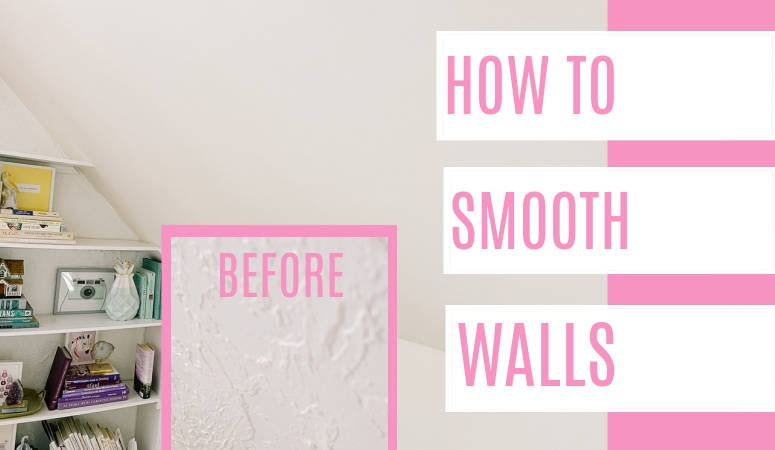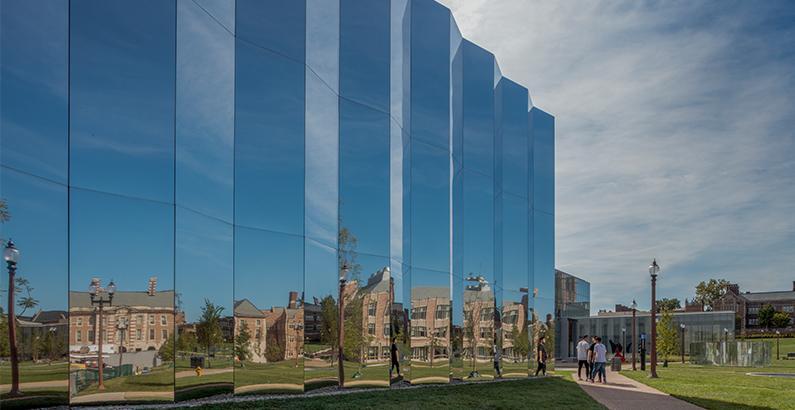Abstract Expressionism, a movement rooted in the depths of the artist’s soul, has transcended the confines of canvas and gallery to make a profound impact on home decor. This article explores how EleganceWalls, a pioneering concept in interior design, seamlessly integrates the spontaneity and boldness of Abstract Expressionism into modern living spaces, creating environments that are both visually striking and deeply personal. For innovative design inspirations, visit https://peelandstickwallmurals.com/
II. Historical Context of Abstract Expressionism
Abstract Expressionism emerged in the early 1940s in New York, becoming the first major American art movement to gain international influence. It was characterized by an emphasis on spontaneous, automatic, or subconscious creation. Key figures such as Jackson Pollock, Mark Rothko, and Willem de Kooning broke away from traditional forms of art to express more raw and dynamic human emotions.
III. Abstract Expressionism in Modern Home Decor
Today, Abstract Expressionism influences home decor in ways that emphasize freedom and individual expression. Modern homes often incorporate elements such as:
- Large-scale paintings that serve as focal points
- Dynamic color schemes that evoke emotion
- Textured finishes that add depth and interest
IV. EleganceWalls: Blending Art with Interior Design
EleganceWalls is not just a brand; it’s a philosophy that marries the unpredictability of Abstract Expressionism with the precision of modern interior design. This approach uses bold art pieces and thoughtful decor to create a harmonious yet exciting atmosphere.
V. De browse around this site sign Principles of Abstract Expressionism in Decor
The key characteristics of Abstract Expressionism that influence decor include:
- Emphasis on Emotions: Decor that stirs feelings, using colors and forms that evoke a visceral response.
- Dynamic Composition: Pieces are arranged in a way that seems spontaneous, giving a lively and authentic feel to the space.
Example of Abstract Expressionist Elements in Home Decor:
| Element | Description | Example in Home Decor |
|---|---|---|
| Bold Color Usage | Vibrant, often non-traditional color choices | Bright red accent wall in a living room |
| Spontaneous Forms | Irregular, asymmetrical shapes in art and furniture design | An organically shaped coffee table |
| Textural Depth | Use of materials that add surface variation | Textured wallpapers or relief paintings |
VI. Case Studies: Successful Integration of Art and Decor
Several homes have successfully integrated Abstract Expressionism with EleganceWalls, creating unique and inspiring spaces. For instance, a home in California features a large Pollock-inspired splash painting in the living room, complemented by minimalist furniture that echoes the painting’s chaotic beauty without overwhelming the space.
VII. DIY Tips for Incorporating Abstract Expressionism at Home
For those looking to bring a touch of Abstract Expressionism into their homes, consider the following tips:
- Start with Art: Choose a piece of art that resonates with you emotionally.
- Build Around It: Let the art dictate the room’s color palette and texture.
- Mix and Match: Combine modern furniture with vintage pieces for a dynamic look.
VIII. The Psychological Impact of Abstract Expressionist Decor
Decorating with Abstract Expressionism can significantly affect the mood and ambiance of a space. The bold use of color and form can energize a room, while softer abstracts can create a calming retreat. Psychological studies suggest that environments with art lead to increased happiness and reduced stress.
IX. Future Trends: The Evolution of Art in Home Decor
The influence of Abstract Expressionism is likely to grow, with new artists and technologies emerging. Digital art platforms now allow for dynamic home art installations that change, giving homeowners the ability to alter their space’s mood at the touch of a button.

X. Conclusion
The fusion of Abstract Expressionism and home decor through EleganceWalls represents a bold step forward in interior design. It allows individuals to express their unique style and emotional landscape, transforming their living spaces into works of art that are both personal and profound. As we continue to explore the boundaries between art and living spaces, the possibilities are as limitless as the imagination itself.

